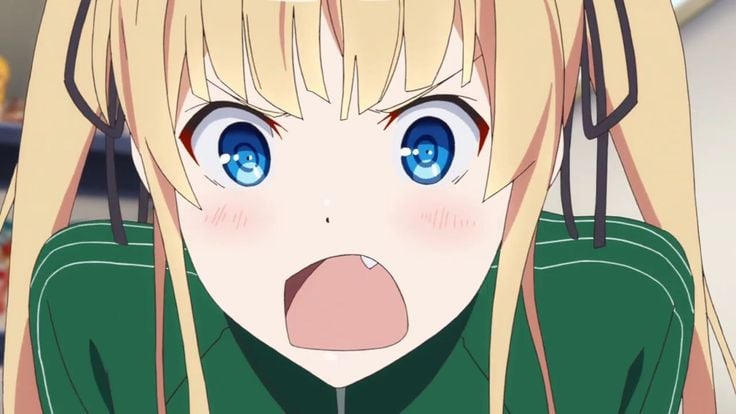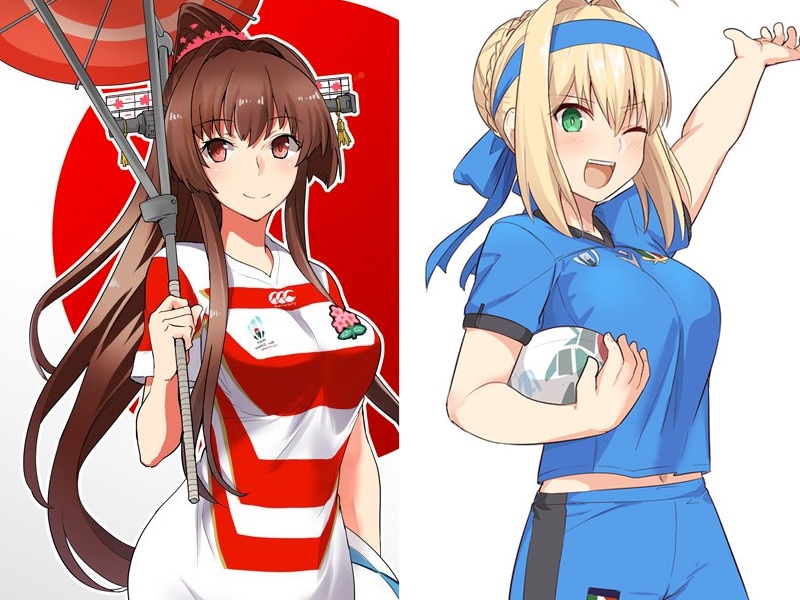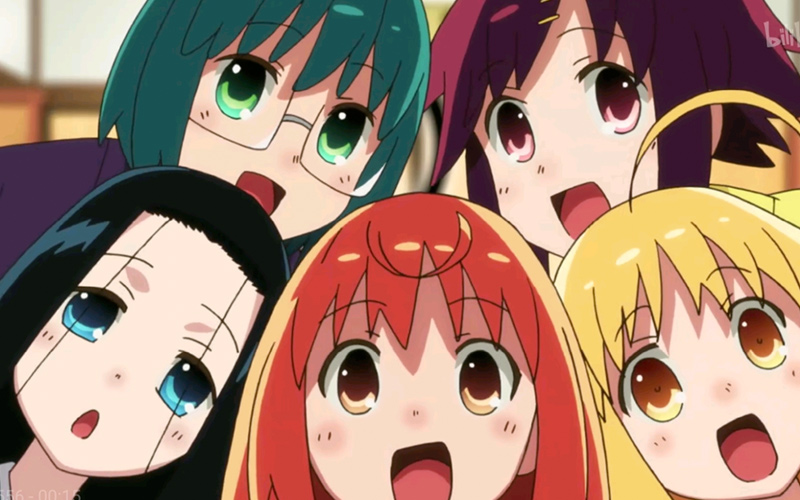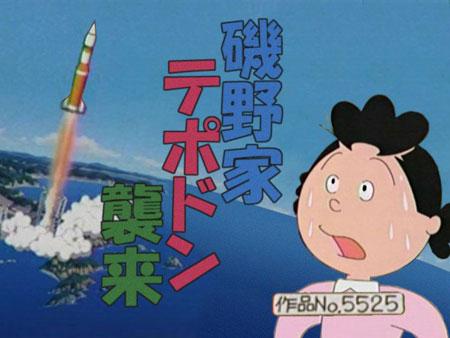Names in Japan, of course, are pronounced family name first, so if you meet someone named Yamada Hanako you’ll know that Yamada is her family name and Hanako is her first given name. While this is the rule for Japanese names, it’s rare for foreigners to use this reverse name order. Instead we write our names in the normal given name/middle name/family name order, which is why anime characters with “Western” names like Arsene Lupin III or Louise Françoise Le Blanc de La Vallière always have their names in standard order. When you work as a teacher in Japan, though, there’s a strange phenomenon that happens: everyone starts calling you by your first name, in my case either “Peter” or else “Mr. Peter” if they’re feeling especially formal (never “Mr. Payne”). While Japanese are usually very strict about using the proper name for a given situation, adding name suffixes like -san or -sensei as needed, something about interacting with foreigners breaks down these barriers of politeness. I think it’s because for almost all Japanese, the first foreigners they come into contact with are the English teachers they meet in elementary school, who happily played games like Uno while teaching lessons that were fun, and this sets up an expectation of casual interaction that’s not present with Japanese teachers.

]My students called me “Mr. Peter.”















